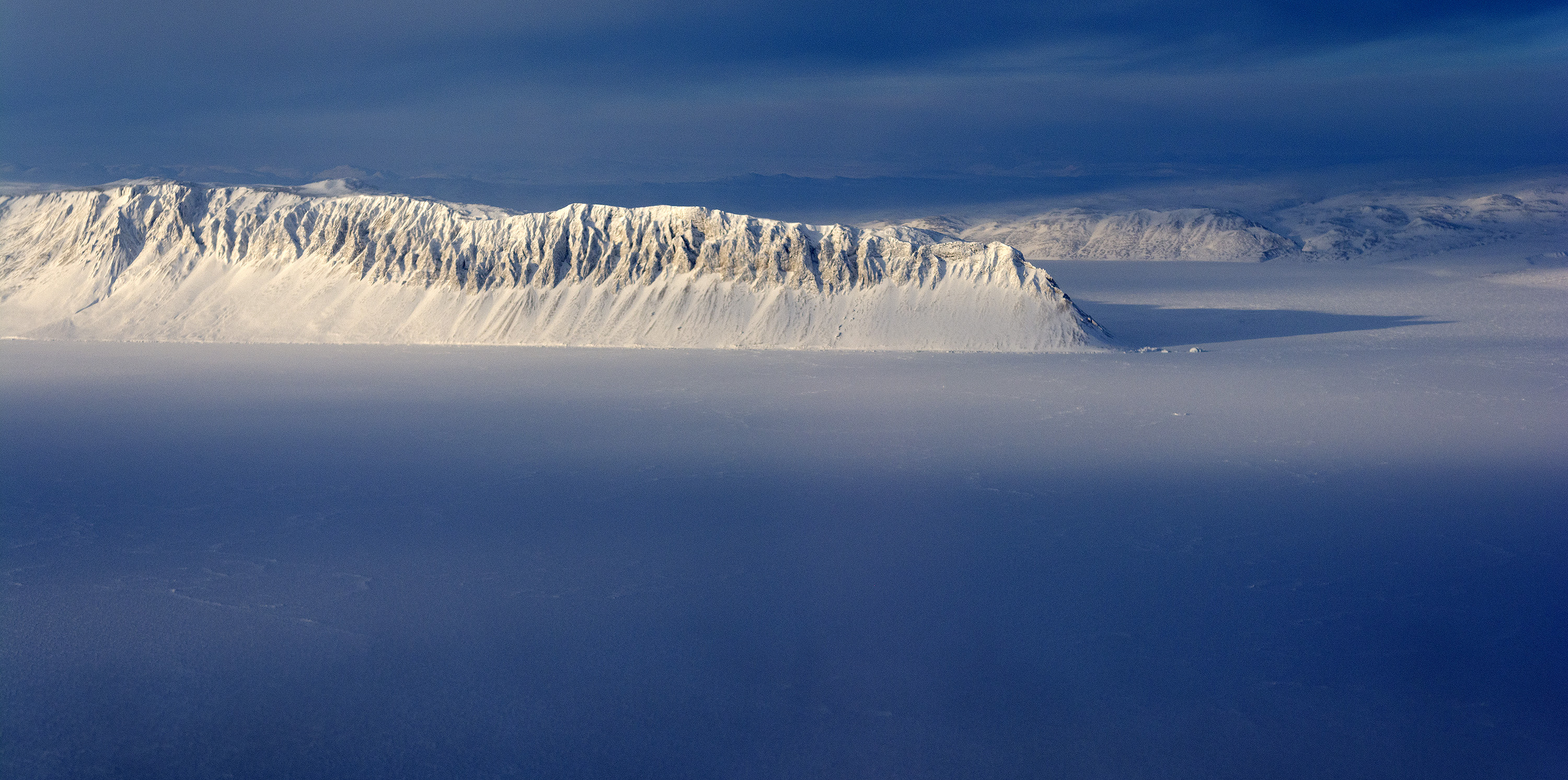Saving the Arctic’s ‘Last Ice Area’ Is a Race Against Time

Credit to Author: Becky Ferreira| Date: Mon, 12 Aug 2019 14:25:27 +0000
A video of surging melt-waters in Greenland’s Naujatkuat River went viral this month, along with news that the territory lost an astonishing 12.5 billion tons of ice on a single day. The grey gushing flood was a powerful reminder that the climate crisis will likely cause the pace of ice melt to accelerate in the coming decades.
As a result, most of the North Pole’s year-round sea ice will be lost by the end of this century—save for one final refuge known as the “Last Ice Area.” Arctic animals that are dependent on sea ice are expected to make a last stand in this region, which is why the Canadian government recently granted protected status to large portions of it.
But scientists say that major global changes, not just national policy, will be necessary to preserve this crucial stronghold of the Far North.
What is the Last Ice Area?
This narrow band of thick ice encompasses about a million square kilometers flanking the Northern coasts of Greenland and the Canadian Arctic Archipelago. The Canadian branch of the World Wildlife Fund coined its popular name, but the general contours of the area were first defined in 2010 by a team of scientists that included Stephanie Pfirman, an expert in Arctic sea ice dynamics at Arizona State University.
“The wind and ocean currents transport ice across the Arctic to this region, so by the time it accumulates here, it is old and ridged and therefore thicker than ice in other regions,” Pfirman explained in an email. “This means that it takes longer to melt.”
Satellite imagery and onsite observations have confirmed that the area contains the oldest and most stable sea ice in the Arctic. Bob Newton, a senior research scientist at Columbia University who contributed to the 2010 study, has modeled the region’s fate under multiple global heating scenarios.
Some of these models project futures in which humans meet the climate targets set out by the Intergovernmental Panel on Climate Change (IPCC), which are aimed at limiting global temperature rise to within 1.5°C. In this scenario, there is “no reason to think you would lose” the ice in the region, Newton said.
The results of a “business as usual” scenario in which greenhouse gas emissions continue at the current rate will be much more dire, however, according to the models. “Under the ‘business as usual’ assumption, you do eventually lose even the Last Ice Area,” Newton said.
It is a bleak contrast in possible futures for this polar haven. As the Arctic warms over the coming decades, animals that depend on the sea ice habitat—such as polar bears, walruses, and eiders—will retreat to the Last Ice Area’s borders to survive. Nobody knows how well they will fare within its confines, but it is clear that the alternative option (losing it entirely) would be far more devastating.
“If we don’t have ice anywhere,” Newton said, “they will just be gone. The Last Ice Area is an area where many animals currently thrive, so we we’re quite hopeful they can survive there indefinitely—if the ice platform can be kept there.”
The ‘race’ to save the Last Ice Area
In an effort to preserve key portions of the region, Canada’s Prime Minister Justin Trudeau announced the creation of Tuvaijuittuq Marine Protected Area on August 1 alongside the Premier of Nunavut and the Qikiqtani Inuit Association (QIA), a nonprofit that represents more than 15,000 Inuit in the Qikiqtani (Baffin) Region of Nunavut.
The new protected space on Nunavut’s coast is roughly the size of Germany, and its name means “the place where the ice never melts” in Inuktitut. In the announcement, Prime Minister Trudeau credited persistent advocacy from Inuit communities with encouraging the government to act.
The Tuvaijuittuq area has been granted interim protection from environmentally destructive practices such as seismic tests and drilling while the terms for full protection are being worked out.
The government also entered into an Inuit Impact and Benefit Agreement, which is required to establish Tallurutiup Imanga—a smaller region to the south of Tuvaijuittuq—as a national marine conservation area. The agreement can be expanded to cover Tuvaijuittuq, should it be permanently protected.
The agreements earmark roughly $250 million for a raft of initiatives to support the protection of these areas, including sustainable infrastructure investments, supporting Inuit-led research and governance, and more.
Closing off Arctic areas to harmful industrial activities will help maintain ice quality in the region over the long term, but it will not slow the loss of the sea ice habitat. Only the collective actions of people around the world can do that.
“The best way to preserve the Arctic ice over the long term is to reduce global warming through reduction of greenhouse gases in the atmosphere,” Pfirman said.
“It is a race against time—we will need more than just switching away from carbon-based energy sources, we also need to sequester carbon in order to quickly slow the warming,” she noted. “Otherwise the last ice will be lost in summer along with the devastation of the ice-dependent ecosystem that we’re trying to protect.”
This article originally appeared on VICE US.